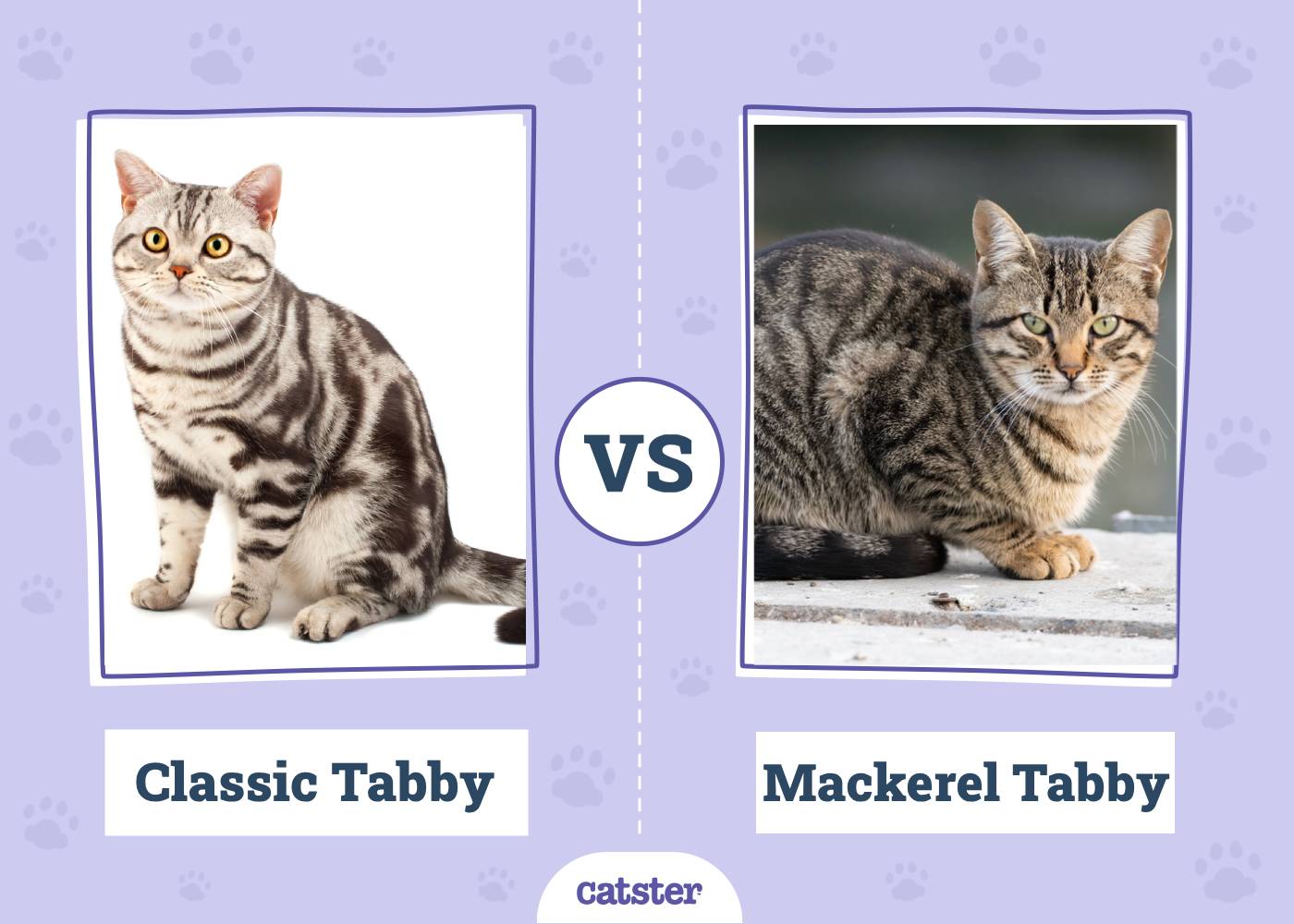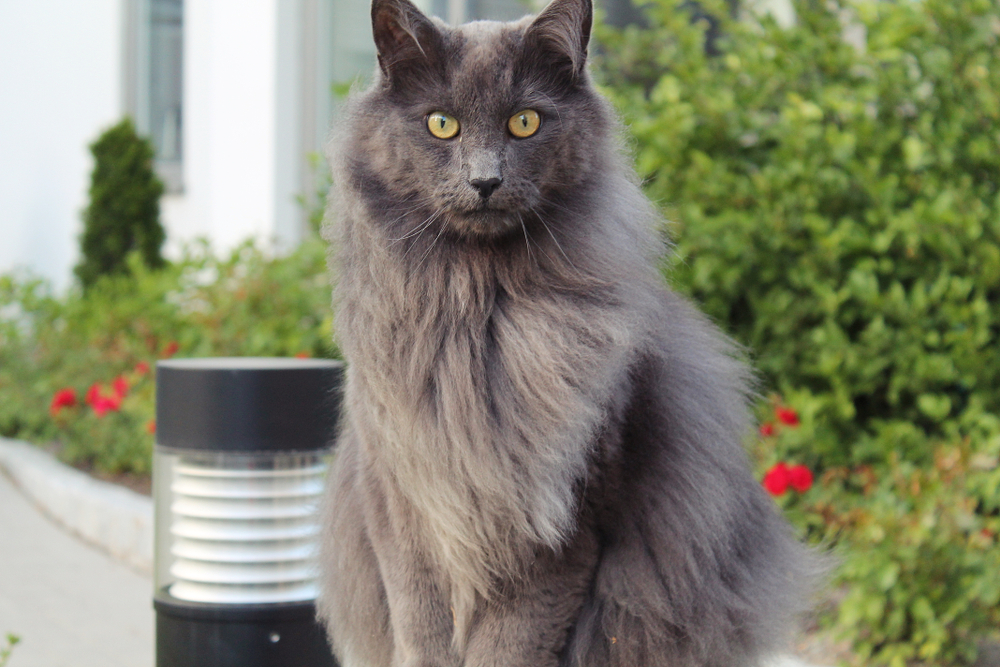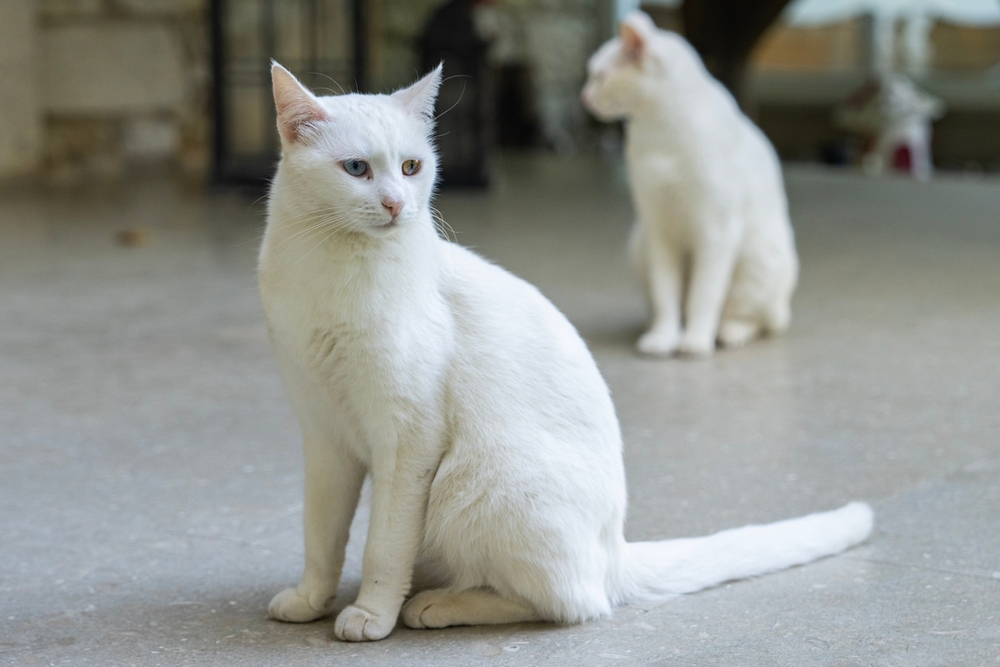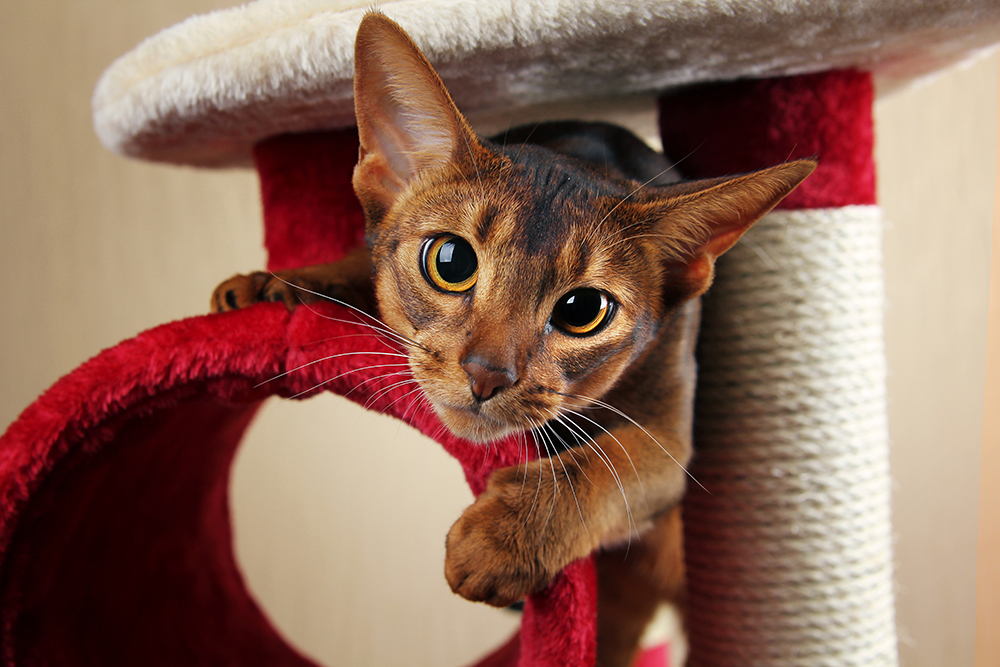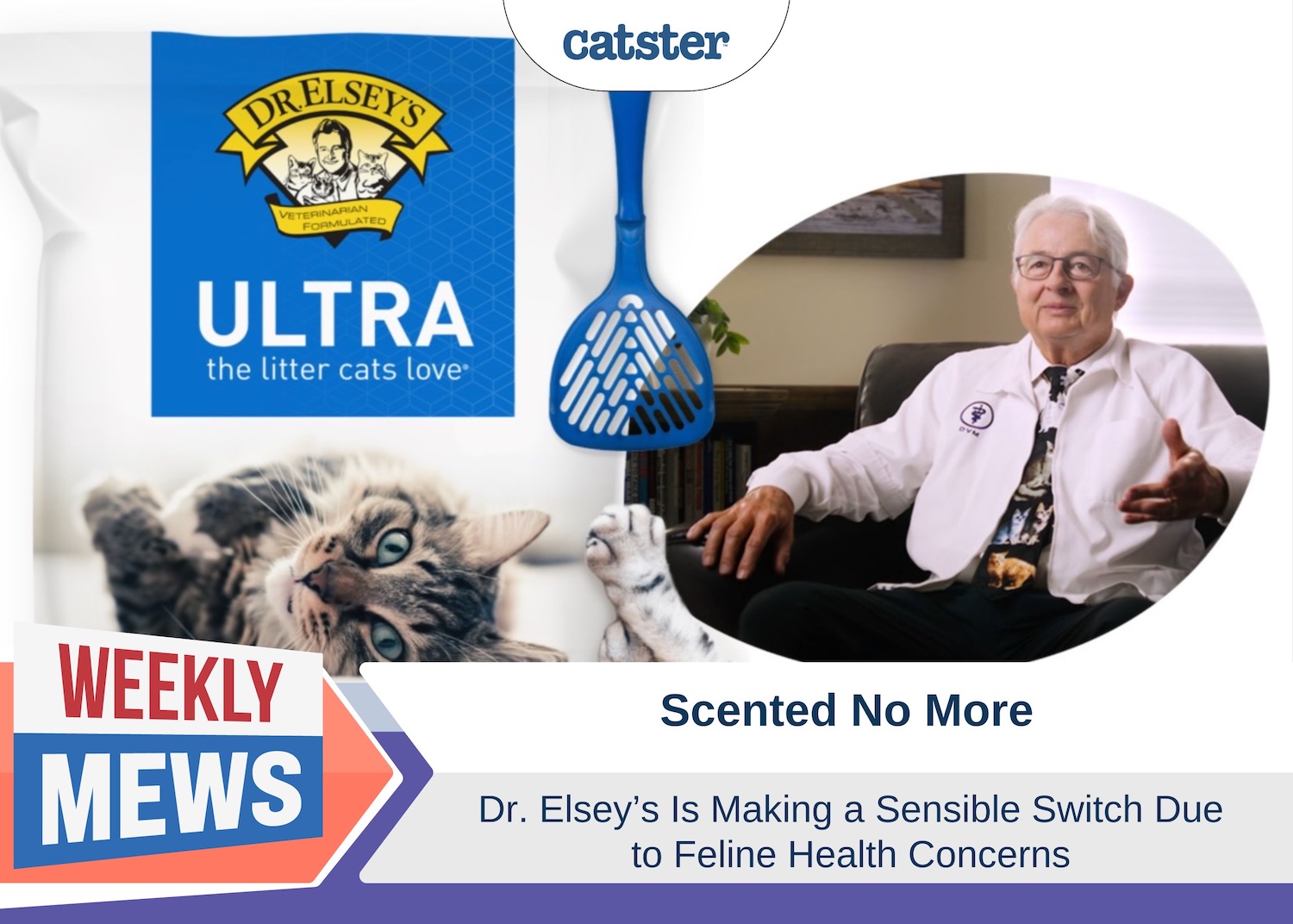Click to Skip Ahead
Contrary to popular belief, a Tabby is not a breed but a type of pattern found in almost all cat breeds. Tabby patterning is one of the most commonly seen patterns across all breeds, and due to natural selection, no matter the markings your cat has, all felines possess the Tabby gene. Tabbies can come in almost any color variation, including brown, black, gray, orange, or ginger.
The Tabby pattern is caused by the agouti gene, characterized by individual hairs having bands of light and dark coloring, which can result in stripes, spots, or a combination of both. The Classic Tabby and Mackerel Tabby are two popular and commonly found Tabby patterns, and in this article, we will take a look at the unique differences between the two.

Visual Differences
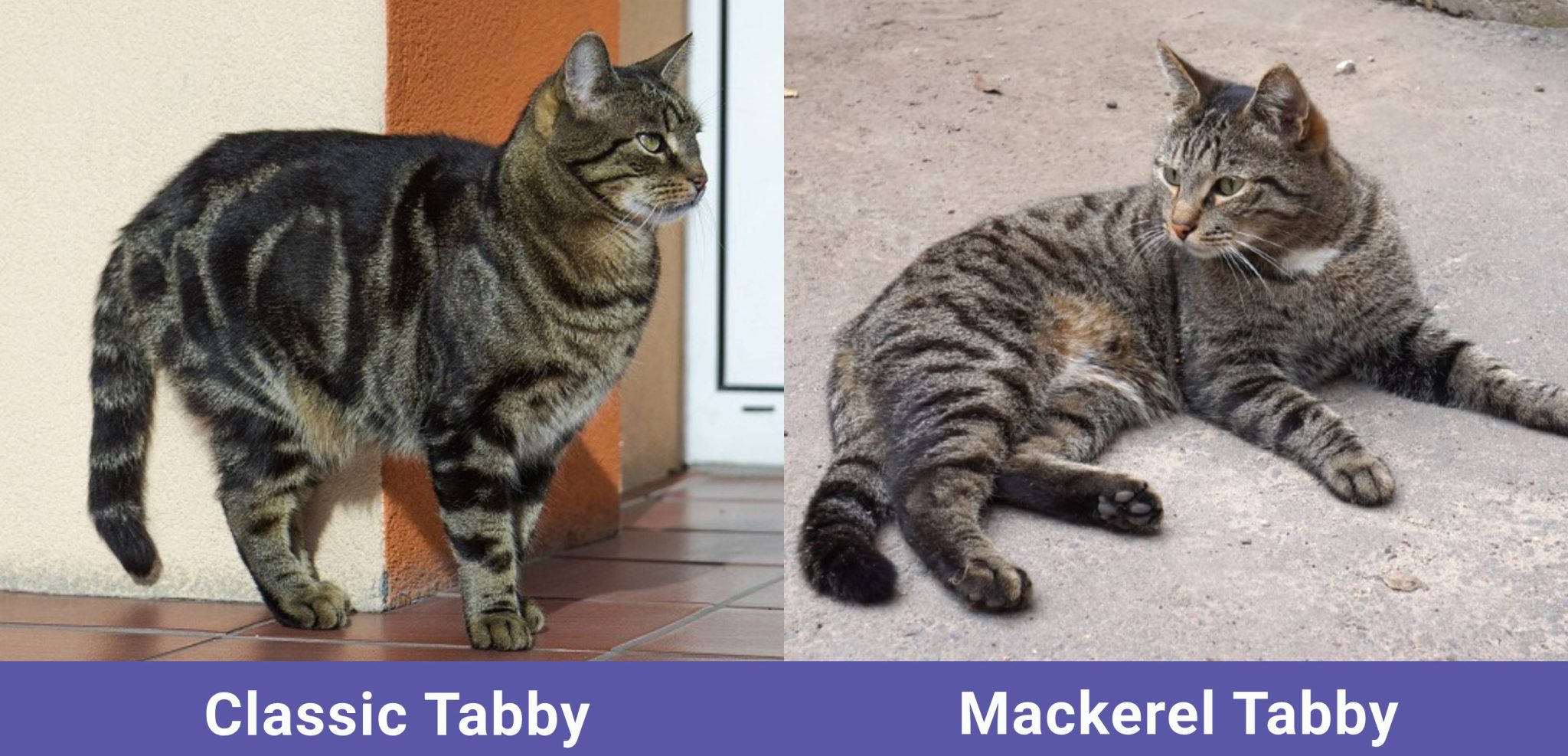
Classic Tabby vs Mackerel Tabby At a Glance
- Average height (adult): 10–16 inches
- Average weight (adult): 8–12 pounds
- Lifespan: 15–20 years
- Exercise: 30–60 minutes a day
- Grooming needs: Low to moderate
- Family-friendly: Often
- Other pet-friendly: Often
- Trainability: Intelligent and generally easy to train
- Average height (adult): 12–16 inches
- Average weight (adult): 8–12 pounds
- Lifespan: 14–20 years
- Exercise: 30–60 minutes a day
- Grooming needs: Low to moderate
- Family-friendly: Mostly
- Other pet-friendly: Often
- Trainability: Intelligent, friendly, and easy to train

Classic Tabby Overview
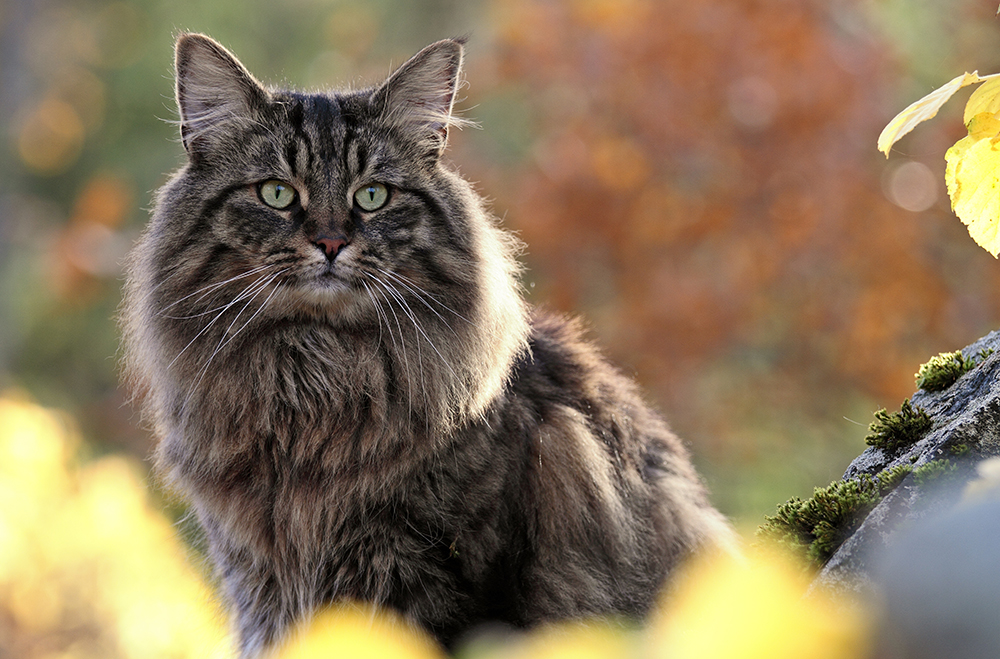
The Classic Tabby pattern is also known as marbled or blotched patterning and is defined by the thick, curving bands of color that often swirl into a bullseye on the side of the cat’s body. Like all Tabbies, they have the characteristic “M” marking on their forehead, usually matching the color of the bands of darker color throughout their bodies. In the United Kingdom, Classic Tabbies are the most commonly found pattern and the second most common in the United States.
Classic Tabbies usually have light-colored butterfly markings on their shoulders, with three distinctive stripes running down their backs along their spine, with the center stripe often being thicker and darker than the other two. They have thick stripes and bands on the legs, tail, and cheeks, with varying shades of darker-colored bands throughout their bodies.
Personality / Character
The Classic Tabby is typically an intelligent, friendly, and sociable animal, no matter the breed. Although these are somewhat generalized traits, many Tabby owners report that Classic Tabby cats are universally affectionate and loving animals. They are playful animals that are rarely aggressive or moody, and since they have been so closely associated with human companionship for centuries, the Classic Tabby makes a great family pet.
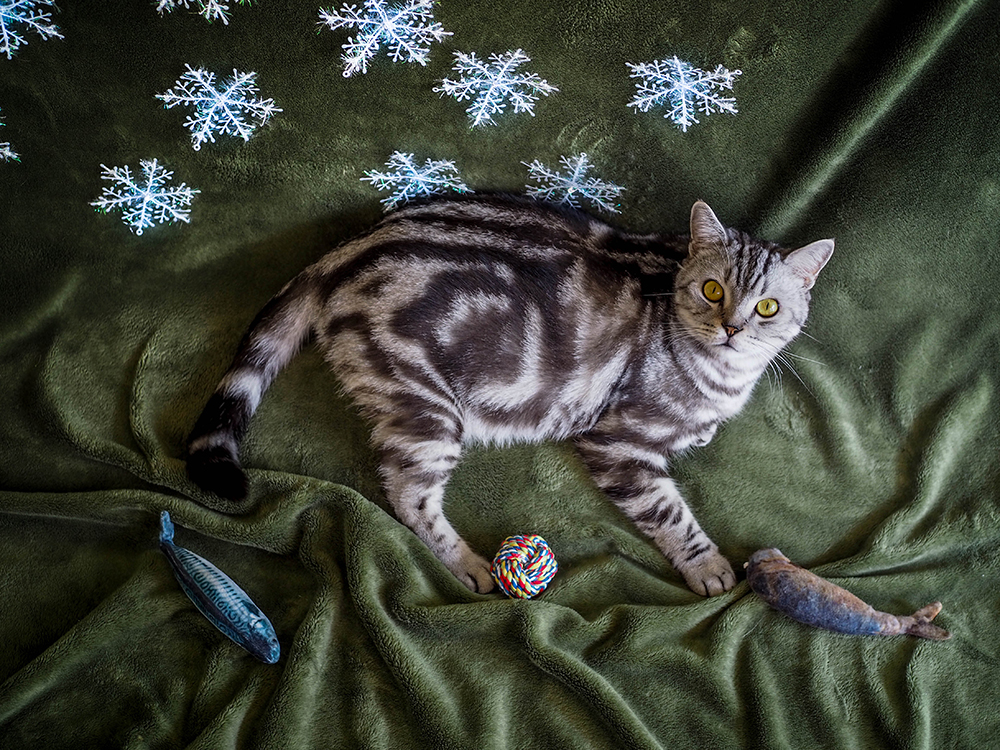
Training & Exercise
All cats, regardless of breed or patterning, require regular exercise to stay healthy and happy. Depending on their size and age, they’ll need around 20–30 minutes of interactive exercise per day. This shouldn’t be much of an issue, as most Tabbies love a good play session and love to be around their owners. They are generally easy to train and can be house-trained in no time.
Suitability
The Classic Tabby is an ideal family cat. They are affectionate, loving, and easy-going animals that make a great addition to any family home. They are not overly needy or attention-seeking and are just as happy to spend the day alone as they interact with their family.

Mackerel Tabby Overview
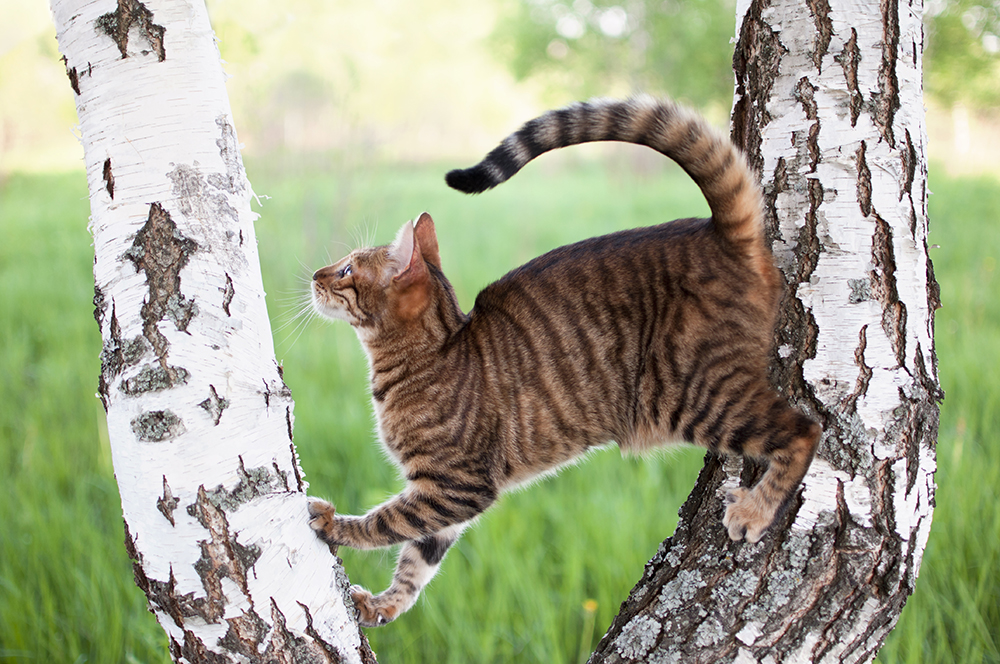
The Mackerel Tabby has slender, curving stripes throughout its body, which may be broken into shorter segments resembling spots, especially on the belly and legs, or continue unbroken. They also have the characteristic “M” marking on their forehead, along with dark stripes crossing vertically up toward their ears and dark lines crossing from the corners of their eyes.
They have a single stripe running down their backs that branches out around their bodies, giving the appearance of a fish skeleton, and this is where the unique pattern gets its name. Mackerel Tabbies are the most commonly seen Tabby pattern, which is the pattern that most people think of when the term Tabby is used.
Personality / Character
Mackerel Tabbies are friendly and affectionate cats in general, and the recessive gene that causes their unique patterning has been evolving alongside humans for centuries. They are considered to be intelligent cats that are easy-going and full of character, and they generally make great family pets, no matter the breed. Ginger or Red Mackerel Tabbies are known to be somewhat feisty and bossy at times, but this character trait is linked more to the genetics of the coat color rather than the Tabby pattern.
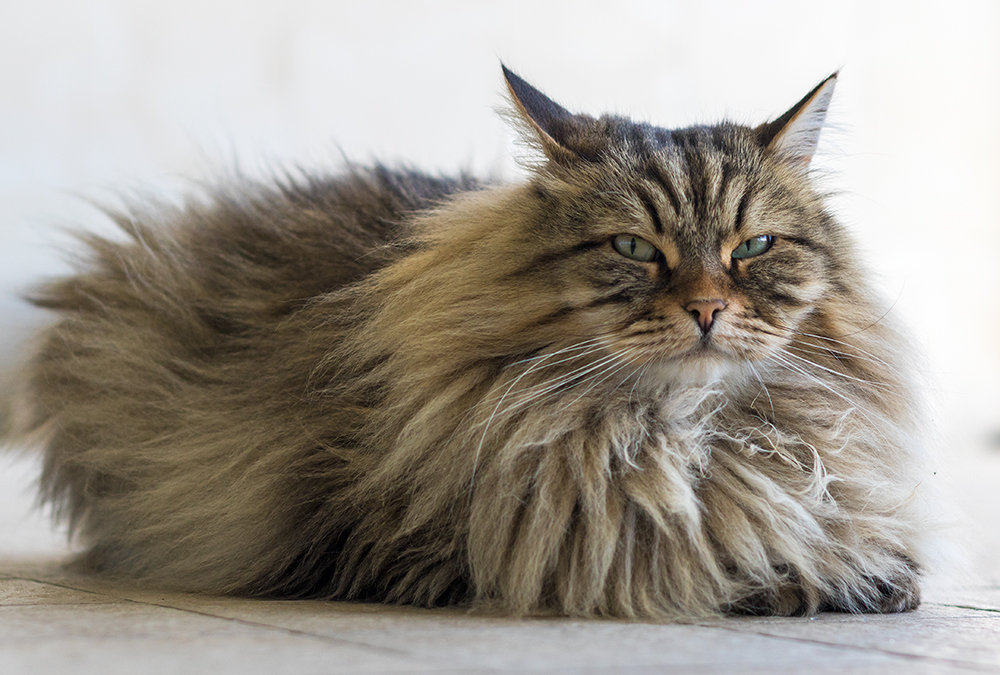
Training & Exercise
The Mackerel Tabby, like any other cat, needs dedicated interactive exercise every day. They love to play, so games that involve chasing and hunting with toys are a sure winner. Around 30 minutes a day is ideal, depending on their size and age, but they’ll soon let you know when they’ve had enough!
Suitability
The Mackerel Tabby is, like most Tabby variations, a wonderful family animal. These cats are generally gentle, affectionate, and loving animals that have a long history of being close to humans. Of course, Tabby markings can occur in almost any breed, so this is somewhat of a generalization, but most Tabby owners will attest to their uniquely loving and affectionate behavior!

What Are the Differences?
Both Classic Tabbies and Mackerel Tabbies can occur in any breed and can come in a wide variety of sizes and colors. They can also vary widely in temperament, but in general, anecdotal evidence points toward Tabby variations being some of the most family-friendly felines despite their wild-looking markings.
Classic and Mackerel Tabbies are easy to tell apart once you know what to look for. Classic Tabbies have swirled, randomized banding and patterning, with distinctive butterfly markings on their shoulders, bullseye markings on their sides, and three distinct stripes running down the length of their spines.
Mackerel Tabbies, on the other hand, have thinner, more evenly spaced striping throughout their bodies that may break into smaller segments, with a singular stripe running down their spines that branches into a distinctive “fish-skeleton” pattern.
Featured Image Credit: Left – Vladyslav Starozhylov, Shutterstock | Right – Burhan Oral GUDU, Shutterstock

